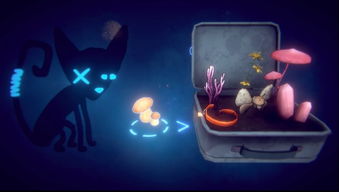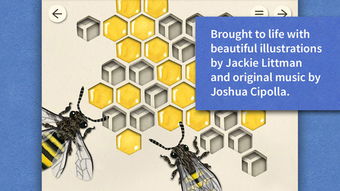
Understanding Little Bug Bites: A Comprehensive Guide
Have you ever found yourself scratching an itchy spot on your skin, only to realize that it was caused by a little bug bite? Bug bites can be a common occurrence, but understanding them can help you manage them more effectively. In this article, we will delve into the various aspects of little bug bites, including their causes, symptoms, treatment, and prevention.
Causes of Little Bug Bites

Bug bites are caused by various insects, each with its own unique characteristics. Some of the most common culprits include mosquitoes, ticks, bed bugs, fleas, and ants. These insects inject their saliva into your skin while feeding, which can trigger an immune response and lead to a bite.
| Insect | Common Habitat | Typical Bite Characteristics |
|---|---|---|
| Mosquitoes | Moist areas, such as swamps, marshes, and standing water | Red, itchy bumps, often in clusters |
| Ticks | Wooded areas, tall grass, and brushy landscapes | Small, red bumps that may not be itchy, but can cause serious diseases |
| Bed Bugs | Bedding, furniture, and cracks in walls | Small, flat, red or brown spots on the skin, often in a line or cluster |
| Fleas | Pets, carpets, and furniture | Small, red, itchy bumps, often on the lower legs and arms |
| Ants | Lawns, gardens, and buildings | Reddish or brown bumps, often in a line or cluster |
Symptoms of Little Bug Bites

The symptoms of little bug bites can vary depending on the type of insect and your body’s reaction. Common symptoms include:
-
Red, itchy bumps on the skin
-
Pain or swelling at the bite site
-
Darkening of the skin around the bite
-
Wheals or hives
-
In some cases, a severe allergic reaction, such as anaphylaxis
Treatment of Little Bug Bites

Most little bug bites can be treated at home with simple measures. Here are some effective treatments:
-
Cool Compress: Apply a cool, wet compress to the bite to reduce swelling and itching.
-
Antihistamines: Over-the-counter antihistamines can help relieve itching and reduce inflammation.
-
Topical Creams: Calamine lotion or hydrocortisone cream can soothe the skin and reduce itching.
-
Hydrogen Peroxide: Applying hydrogen peroxide to the bite can help clean the area and prevent infection.
-
Keep the Area Clean: Gently wash the bite with soap and water to prevent infection.
Prevention of Little Bug Bites
Preventing little bug bites involves taking steps to avoid exposure to insects. Here are some tips:
-
Use insect repellent: Apply a DEET-containing insect repellent to exposed skin and clothing.
-
Wear protective clothing: Long sleeves, pants, and socks can help protect your skin from insects.
-
Stay in well-lit areas: Insects are more likely to bite in dark, damp places.
-
Keep your home clean: Regularly vacuum and clean your home to eliminate insect habitats.





